Donegal Abbey, historically known as Donegal Franciscan Friary, stands as a poignant relic of Ireland’s medieval past. Founded in 1474 in Donegal Town, at the scenic mouth of the River Eske flowing into Donegal Bay, the Abbey was established under the auspices of the O’Donnell dynasty, notably by Nuala O’Connor and her husband, Red Hugh O’Donnell. As a Franciscan foundation, it quickly rose to prominence, serving not only as a religious center but also as a pivotal meeting point for political and social gatherings of the Gaelic aristocracy.
The Abbey’s historical significance is manifold. It was a bastion of religious and cultural education, a sanctuary for the Franciscan community in Ireland, and a witness to numerous historical upheavals, including the tumultuous events of the Nine Years’ War. Its role in these conflicts and its strategic importance underscored its central place in the political and military history of the region.
Contents
Founding and Early History
Establishment of Donegal Abbey
Donegal Abbey, known formally as Donegal Franciscan Friary, was founded in the year 1474, marking a significant chapter in the religious and cultural history of Ireland. This establishment was primarily instigated by Nuala O’Connor (also known as Finola), a noblewoman of considerable influence, and her husband Red Hugh O’Donnell, the chieftain of Tír Chonaill. The founding of the Abbey was not merely an act of religious devotion but also a strategic move to strengthen the ecclesiastical and political influence of the O’Donnell dynasty within the region.
Nuala O’Connor played a particularly pivotal role in the establishment of the Abbey. According to historical accounts, she made a persuasive appeal to the Franciscan order during their provincial chapter meeting at Ross Errilly Friary in County Galway. Her journey, which spanned roughly 100 miles, was driven by a deep-seated desire to establish a Franciscan presence in her home territory of Tír Chonaill. Her persistence and fervent plea underscored the importance she placed on this religious foundation, emphasizing its potential role in the spiritual and social upliftment of her people.
Role and Influence of the Franciscan Order
The Franciscan Order, known for its commitment to the principles of poverty, humility, and care for the poor, had a profound impact on the religious landscape of medieval Ireland. Their approach to Christianity was deeply community-oriented, focusing on outreach and education, which made them particularly well-suited to the social dynamics of Gaelic Ireland. The establishment of Donegal Abbey by the Franciscans marked an important extension of their mission in the northwest of Ireland.
From the onset, the Franciscans were integral to the Abbey’s operations, attracting monks who were scholars, educators, and spiritual leaders. The Abbey quickly became a center for theological study and a repository of knowledge and Gaelic culture. This scholarly activity was crucial during a period when the Gaelic way of life was under significant pressure from the encroaching English crown and its policies.
The Franciscans’ influence extended beyond the spiritual and educational realms. They were active participants in the social issues of the day, often mediating conflicts and providing guidance to the Gaelic lords, including the O’Donnells. The Abbey itself became a symbol of Gaelic resilience and a focal point for cultural preservation, hosting meetings and gatherings that had political as well as religious significance.
Educational and Cultural Contributions
Under the Franciscans, Donegal Abbey became a beacon of learning and cultural preservation in Tír Chonaill. It housed a significant collection of manuscripts, chronicling centuries of local and national history, folklore, and religious thought. The friars of Donegal Abbey, including figures like Mícheál Ó Cléirigh, one of the principal compilers of the Annals of the Four Masters, were pivotal in documenting the Gaelic heritage of Ireland, which would have otherwise been lost to time.
Architectural Features
Original Structure and Layout
Donegal Abbey, established in the 15th century, is an exemplar of Franciscan architectural design, positioned at the picturesque confluence of the River Eske and Donegal Bay. This location was not only scenic but strategically chosen for accessibility, fostering ease of access for both local worshippers and distant pilgrims.
The Abbey’s layout typically featured a church, a cloister, residential quarters for the monks, and various service buildings, mirroring the common design of Franciscan friaries of the period. The church was likely structured with a long nave, flanked by a choir at the eastern end and possibly a transept, creating a cruciform outline when viewed from above.
Central to the Abbey was the cloister—a square courtyard surrounded by covered walkways that linked the various parts of the friary. This space served multiple purposes: as a meditative area for quiet contemplation and as a communal zone for the monks to conduct daily activities shielded from the elements.
Notable Architectural Highlights
A distinctive feature of Donegal Abbey was its construction using local stone, which not only ensured durability against the severe Atlantic weather but also harmonized aesthetically with the surrounding landscape. The stonework was intricately carved, displaying floral motifs, religious iconography, and geometric patterns, showcasing the artistic skills prevalent during that era.
The church’s west window was likely a significant architectural element, large and elaborately decorated. Such windows were characteristic of Franciscan churches, designed to flood the nave with natural light, especially illuminating the altar and choir during religious services. This design not only enhanced the spiritual ambiance but also underscored the Franciscans’ appreciation for art in sacred spaces.
Historical Events
Key Historical Events at Donegal Abbey
Donegal Abbey was not only a religious center but also a stage for significant historical events that shaped the region’s history. From its foundation, the abbey was deeply intertwined with the political and military activities of the O’Donnell dynasty and the broader Gaelic leadership.
Meetings and Political Gatherings: The abbey frequently hosted meetings and gatherings involving the Gaelic aristocracy. These gatherings were not merely social; they were strategic, focusing on alliances, disputes, and regional governance. The friary’s role as a neutral ground for such discussions underscored its importance beyond its spiritual function.
Battles and Sieges: Donegal Abbey witnessed several military engagements due to its strategic importance and association with the ruling O’Donnell family. The most notable of these was during the Nine Years’ War, a widespread rebellion against English rule in Ireland.
The Abbey during the Nine Years’ War
The Nine Years’ War (1594-1603) was a defining period for Donegal Abbey. This conflict saw the Gaelic Irish chieftains, including the O’Donnells, resist the expansion and the cultural imposition of the English crown. Donegal Abbey, given its association with the O’Donnells, naturally became a focal point in this struggle.
Role as a Military Base: During the war, the abbey was used as a military base by the rebel forces. It provided a strategic advantage due to its location and the protection it offered. Its use as a military base is a testament to its robust construction and its central role in the regional power structure.
Siege of 1601: The most dramatic event at the abbey occurred in 1601 when it was the site of fierce fighting during the Siege of Donegal. A force led by Red Hugh O’Donnell, aiming to recapture Donegal from English-aligned forces under Niall Garve O’Donnell, attacked the town. The siege was intense and culminated in significant damage to the abbey.
Impact on Local Politics: The abbey’s involvement in these conflicts had a profound impact on local politics. It symbolized the resistance of the Gaelic Irish against English policies and military efforts. The abbey’s destruction in the aftermath of the siege marked a significant loss of Gaelic cultural and religious infrastructure, which had repercussions on the local Gaelic governance and societal structure.
Prominent Figures
Donegal Abbey’s history is intricately tied to the lives of several key figures who not only influenced the establishment and function of the abbey but also left a lasting impact on the region through their actions and legacies. Here, we explore some of these individuals in detail.
Nuala O’Connor (Finola)
Nuala O’Connor, also known as Finola, was instrumental in the founding of Donegal Abbey. A member of the powerful O’Connor family, she married Hugh Roe O’Donnell, the chieftain of Tír Chonaill, and used her influence to foster a Franciscan presence in her husband’s territory. Her dedication to this cause is evident from her persistent efforts, which included a significant journey to the Franciscan chapter meeting at Ross Errilly Friary in County Galway to request the establishment of a new friary. Her successful persuasion demonstrated her deep commitment to her faith and her community, and it also illustrated the important role women played in the religious and cultural life of Gaelic Ireland. Nuala’s legacy is not just in the physical establishment of the Abbey but also in the spiritual and cultural enrichment it provided to the region.
Hugh Roe O’Donnell
Hugh Roe O’Donnell, a dominant figure in the political landscape of 15th-century Ireland, supported his wife Nuala in establishing Donegal Abbey. As the chieftain of Tír Chonaill, Hugh Roe’s support for the Franciscan establishment was likely motivated by both spiritual devotion and the strategic benefit of having a religious institution that could also serve as a cultural and political hub. His reign saw the strengthening of Tír Chonaill as a political entity, and the Abbey played a part in this by becoming a center for meetings and the dissemination of the Gaelic culture. Hugh Roe’s involvement in the Abbey underscored the traditional Gaelic chiefs’ role as patrons of the arts and spirituality, furthering the integration of Christian monastic traditions with Gaelic social structures.
The Friars of the Annals of the Four Masters
One of the most significant contributions to Irish history and culture came from the friars associated with Donegal Abbey who compiled the Annals of the Four Masters. This monumental work was primarily led by Brother Mícheál Ó Cléirigh, along with his fellow friars Cú Choigríche Ó Cléirigh, Cú Choigríche Ó Duibhgeannáin, and Fearfeasa Ó Maoil Chonaire. These friars undertook the colossal task of chronicling over two millennia of Irish history, from ancient times through to their contemporary period in the 17th century. Their work was crucial in preserving a vast amount of historical and cultural knowledge that might otherwise have been lost during the turbulent times of English conquest and cultural suppression. The Annals are a testament to the scholarly dedication of the Franciscans and their deep commitment to preserving Irish heritage. Their efforts not only provided a detailed historical record but also helped foster a sense of Irish identity and continuity.
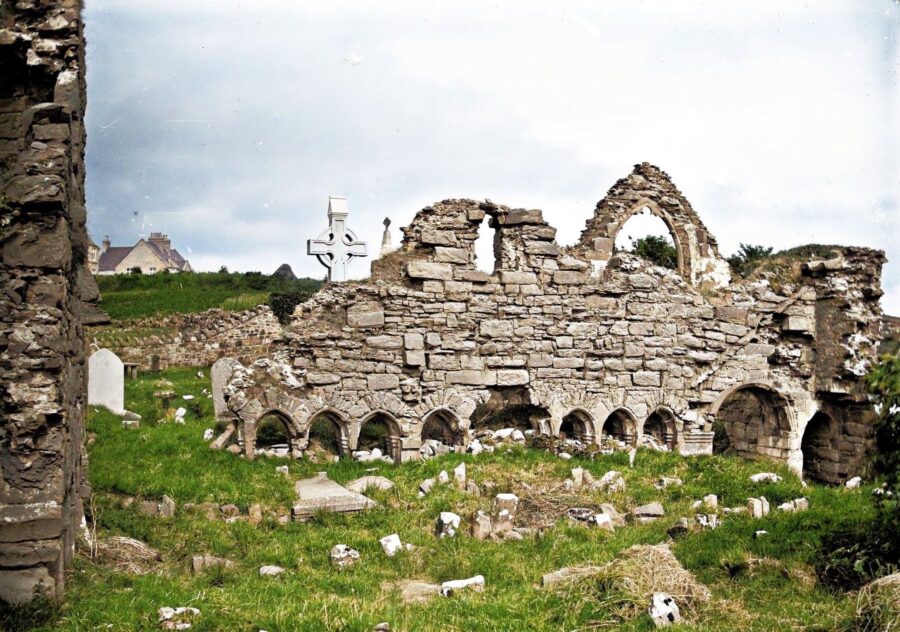
Destruction and Ruin
Events Leading to the Abbey’s Destruction
The destruction of Donegal Abbey in 1601 was a direct result of the broader conflict engulfing Ireland during the Nine Years’ War, a widespread rebellion against English rule. This period marked significant strife as Irish Gaelic chieftains, including the O’Donnells of Tír Chonaill, resisted the efforts by the English to control and anglicize Ireland. Donegal Abbey, given its association with the influential O’Donnell family, was naturally implicated in these conflicts, serving both as a spiritual center and a strategic stronghold.
As the war escalated, the Abbey’s position made it a tactical target for both the Irish rebels and the English forces. The strategic importance of Donegal, coupled with the Abbey’s symbolic significance, made it a focal point for military actions. The tensions reached a climax in the summer of 1601, setting the stage for the siege that would lead to the Abbey’s ruin.
The Siege of 1601
In August 1601, the Abbey and the town of Donegal became the epicenter of a critical conflict. Red Hugh O’Donnell, who had been leading the Irish forces against English encroachments, aimed to reclaim control of Donegal, which had been taken by his kinsman and rival, Niall Garve O’Donnell. Niall Garve had aligned himself with the English, accepting support and troops to hold Donegal against the native Irish forces.
The siege began with Red Hugh’s forces surrounding the town and the Abbey, cutting off supplies and reinforcements in an attempt to starve the defenders into surrender. The English and loyalist forces, however, were well-prepared, having fortified their positions within the Abbey and the town. The conflict was fierce, with both sides suffering heavy casualties.
The turning point of the siege came unexpectedly. Amidst the fighting, a catastrophic explosion occurred within the Abbey grounds. Historical accounts suggest that the explosion was caused by gunpowder stored by the English and loyalist forces. The gunpowder, likely intended for use in cannons and firearms, was ignited — either by accident during the battle or by deliberate action by the besieging forces.
The Explosion and Aftermath
The explosion was devastating. It caused significant structural damage to the Abbey, with parts of the building being completely destroyed. The blast killed many of the defenders instantly and caused chaos among the surviving English and loyalist troops. The destruction did not lead to an immediate victory for Red Hugh O’Donnell’s forces but severely weakened the defensive capability of the Abbey.
In the aftermath of the siege and explosion, the Abbey was left in ruins. It was never rebuilt, serving as a stark reminder of the violence of the period and the end of Gaelic dominance in the region. The ruin of Donegal Abbey marked a significant moment in Irish history, symbolizing the decline of the old Gaelic order and the rise of English control over Ireland.
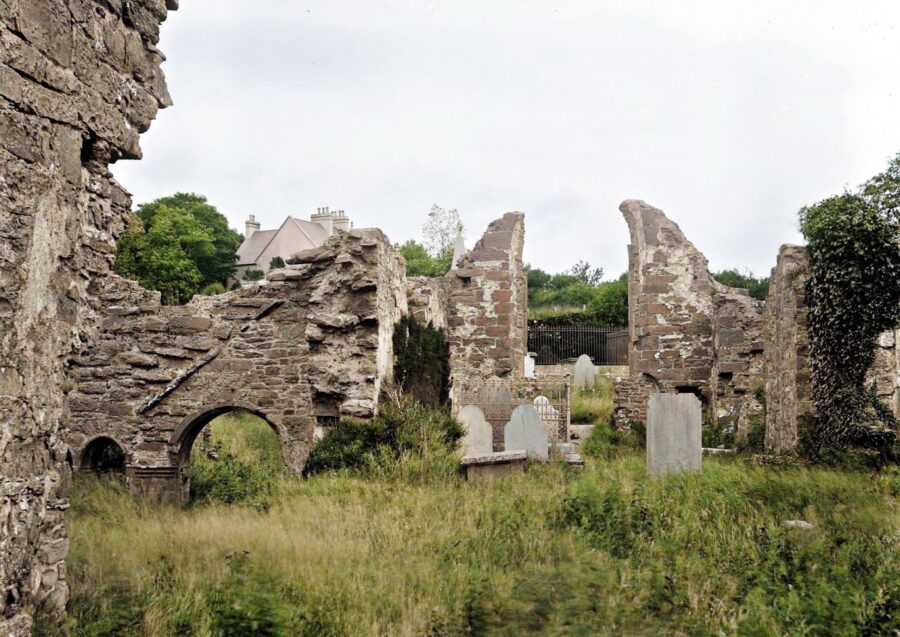
Legacy and Cultural Impact
Creation of the Annals of the Four Masters
One of the most enduring legacies of Donegal Abbey is the compilation of the Annals of the Four Masters, a seminal work in Irish historiography. Created by a group of Franciscan friars from the Abbey, led by Mícheál Ó Cléirigh, the Annals meticulously documented Irish history from ancient times up to the early 17th century. This monumental work was undertaken during a time when the Gaelic culture and its traditions were under significant threat from English policies aimed at colonization and cultural assimilation.
The Annals are not just a chronicle of events; they are a profound assertion of Irish identity, compiled by scholars who sought to preserve and promote Gaelic heritage amidst suppression. This scholarly endeavor has had a lasting impact on Irish historiography, providing a crucial source of information for subsequent generations of historians and significantly influencing Ireland’s understanding of its own past.
Ongoing Influence in Irish History and Culture
The cultural impact of Donegal Abbey extends beyond its historical and architectural significance. As a center of learning and religious thought, it played a pivotal role in the spiritual and cultural life of the region. Even after its destruction, the legacy of the Abbey continued to influence Irish culture and identity, fostering a sense of continuity with the past.
The Abbey’s role in supporting and promoting Gaelic culture, particularly through the works of the Franciscan friars, has contributed to the revival and preservation of many aspects of Irish heritage. This includes language, literature, and historical awareness, reinforcing the Abbey’s place in the cultural and spiritual landscape of Ireland.
Current State and Preservation
Condition of the Abbey Ruins
Today, the ruins of Donegal Abbey stand as a solemn reminder of its tumultuous history. The remaining structures primarily consist of parts of the church and the cloister, which, despite centuries of exposure to the elements, still reflect the Abbey’s original grandeur and architectural significance. These ruins provide a tangible connection to the past, allowing visitors to appreciate the scale and beauty of the medieval construction.
Role in Modern Tourism and Education
Donegal Abbey is not only a historical site but also an important educational resource. It serves as a destination for tourists and scholars alike, drawn by its rich history and its pivotal role in Irish heritage. The site is used to educate visitors about the medieval history of Ireland, the Franciscan order, and the specific history of the Gaelic chieftains.
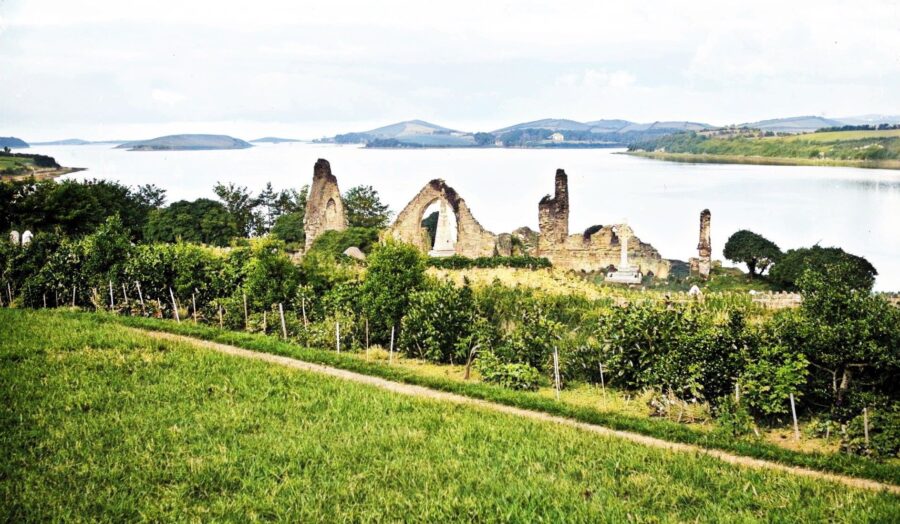


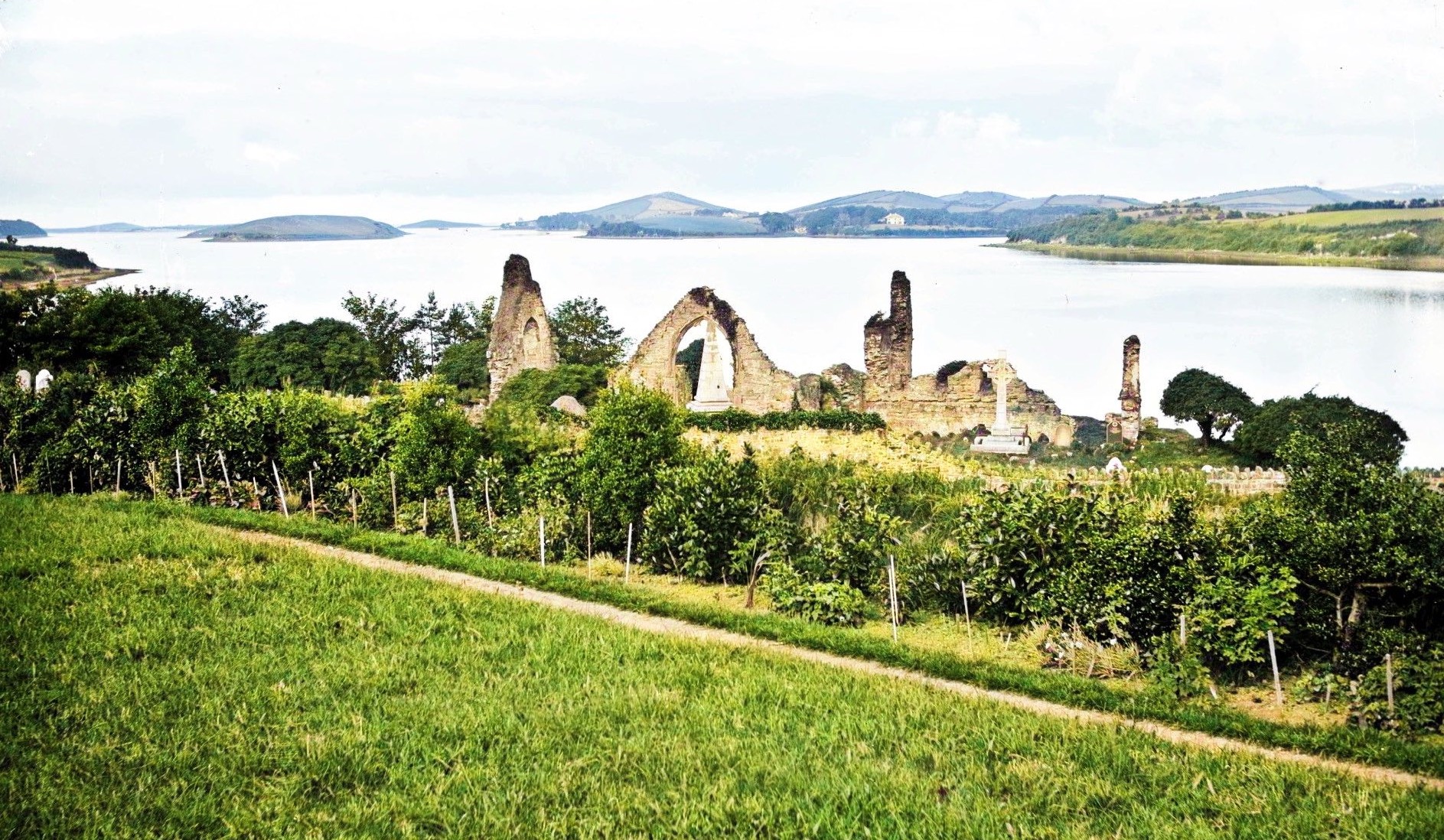
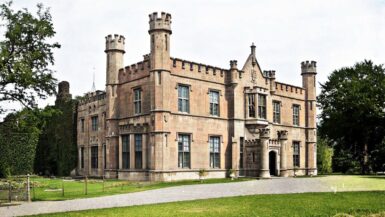
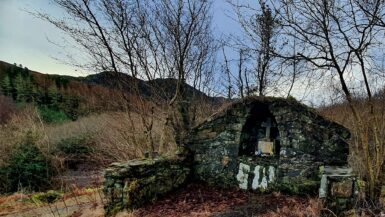
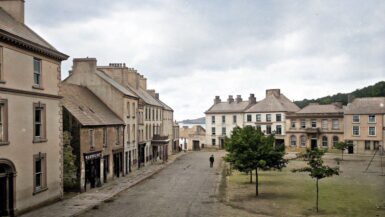
Leave a reply